- 01-04-25BIT as a Service
- 26-03-25Internetproviders verliezen rechtszaak over blokkeren websites
- 19-02-25BIT introduceert server-side e-mailfiltering met Sieve
- 06-02-25Shared hosting wordt opgefrist
- 28-11-24ECOFED uitgeroepen tot publieksfavoriet bij Computable Awards
- 21-11-24Een goede cloud heeft een kundige dirigent nodig
- 17-10-24ECOFED wint ICT Innovatieprijs Regio Foodvalley 2024
- 01-08-24BIT geeft kaarten weg voor F1 in Zandvoort
- 24-04-24Status.bit.nl in nieuw jasje!
- 12-04-24Nieuw bij BIT: GPU hosting
Colocation | Temperature monitoring in data centers
For the monitoring and maintenance of our electric and mechanical engineering installations, we use a building management system (GBS). With this GBS we can monitor several things in the data centers, like the temperature in the server rooms. Because we do not want to be dependent on this system alone and want to target temperature monitoring more specifically, we have developed our own system for this in the past year. This way, we can locate deviations in temperature even more quickly and (if necessary) take action sooner.
Charting heat development
About a year ago, the isles in our data centers were outfitted with sensors. Each row has a sensor in the ceiling, each two metres apart, to measure the temperature in the data centers. These sensors are completely separate from the GBS and are linked to our second system called heatmap. By entering the temperature in heatmap, we are enabled to chart the heat development in our data centers. We developed both the system and the software for this. When the temperature gets too high or too low, we are notified. We can see precisely which sensor sends the notification. On site, we manually check the temperature again and take action when needed.
 |
 |
 |
 |
Identify incidents more quickly
In addition, we can see when things are starting to go bad much more quickly. A good example is an incident in our data center BIT-1. There was a fault in the valve that controlled the airflow and the cool air was not reaching the back of the space anymore. The temperature in these rows started going up, but the GBS did not notice. The reason for this was that the GBS measures the temperature under the floor. Because now we are measuring in the rows themselves, closer to our clients’ equipment, incidents like this are noticed much more quickly. That also allows us to inform our clients more quickly if we need to.
Another happy accident is that we can see when someone leaves open a door to a cool corridor. Or when clients forget to close up their rack with blinding panels. We can see that immediately. It has happened that a client made a mistake when installing his switch which resulted in warm air venting into the cool corridor. Now, we are notified the moment it happens and can inform our client immediately. If clients want to get more information about the temperature inside their own rack, it is usually possible to install a sensor there as well. This information can be accessed in our client portal.
All information we get from the sensors is logged, so we can always check the temperatures from, for example, six months ago. Based on our measurements, we can see exactly when and where the temperatures change. In our Service Level Agreement (SLA) we guarantee a temperature of 25 degrees Celsius, with a margin of 2 degrees. This temperature is measured at the front of the rack, at a height of 1.50 metres. In case of a possible increase in temperature in the server room, we can tell exactly which equipment might have been impacted.
By: Danny Kosman

